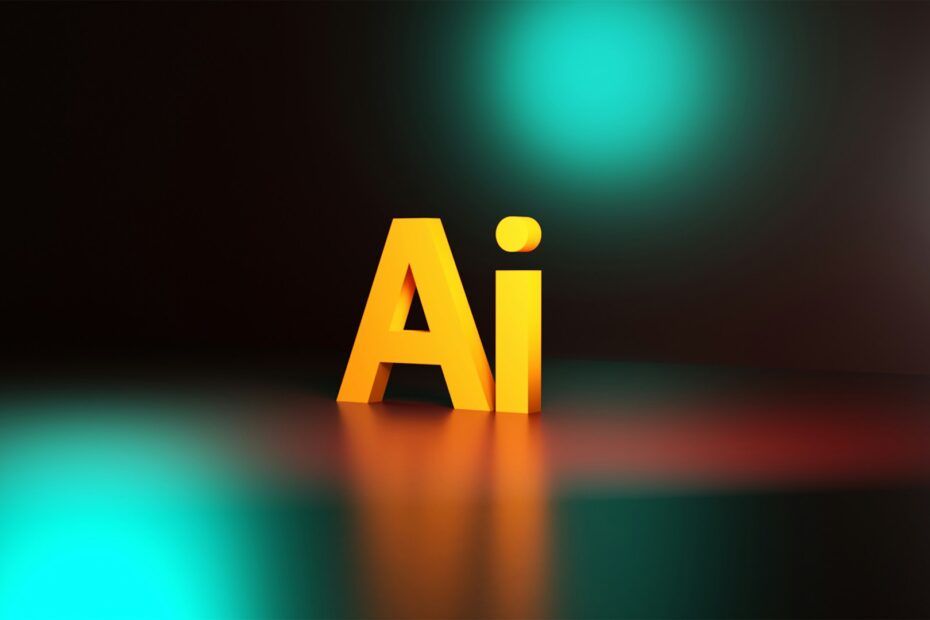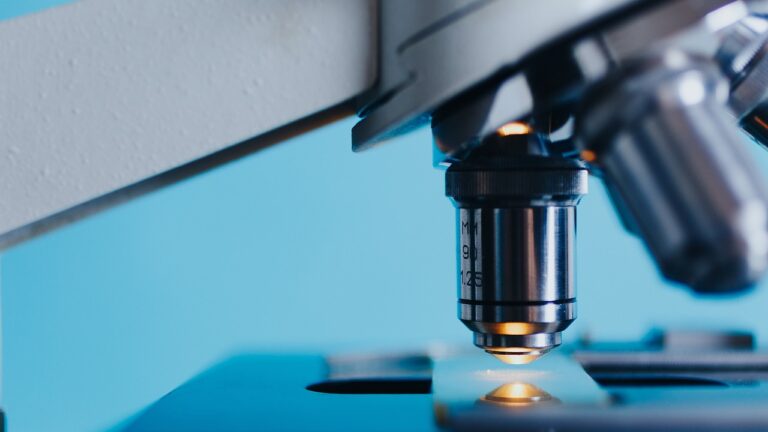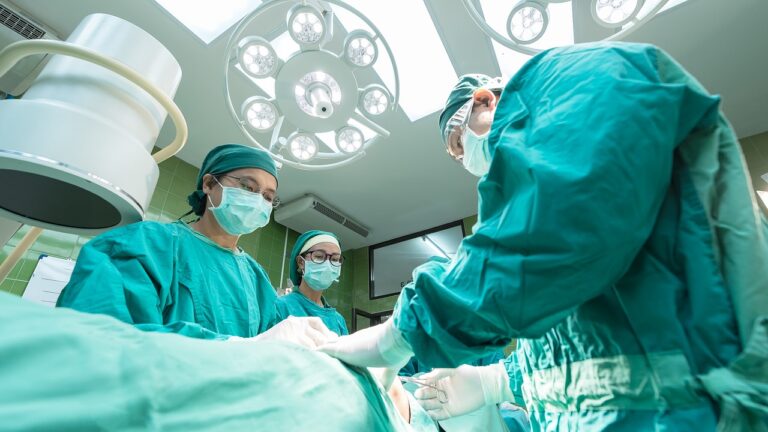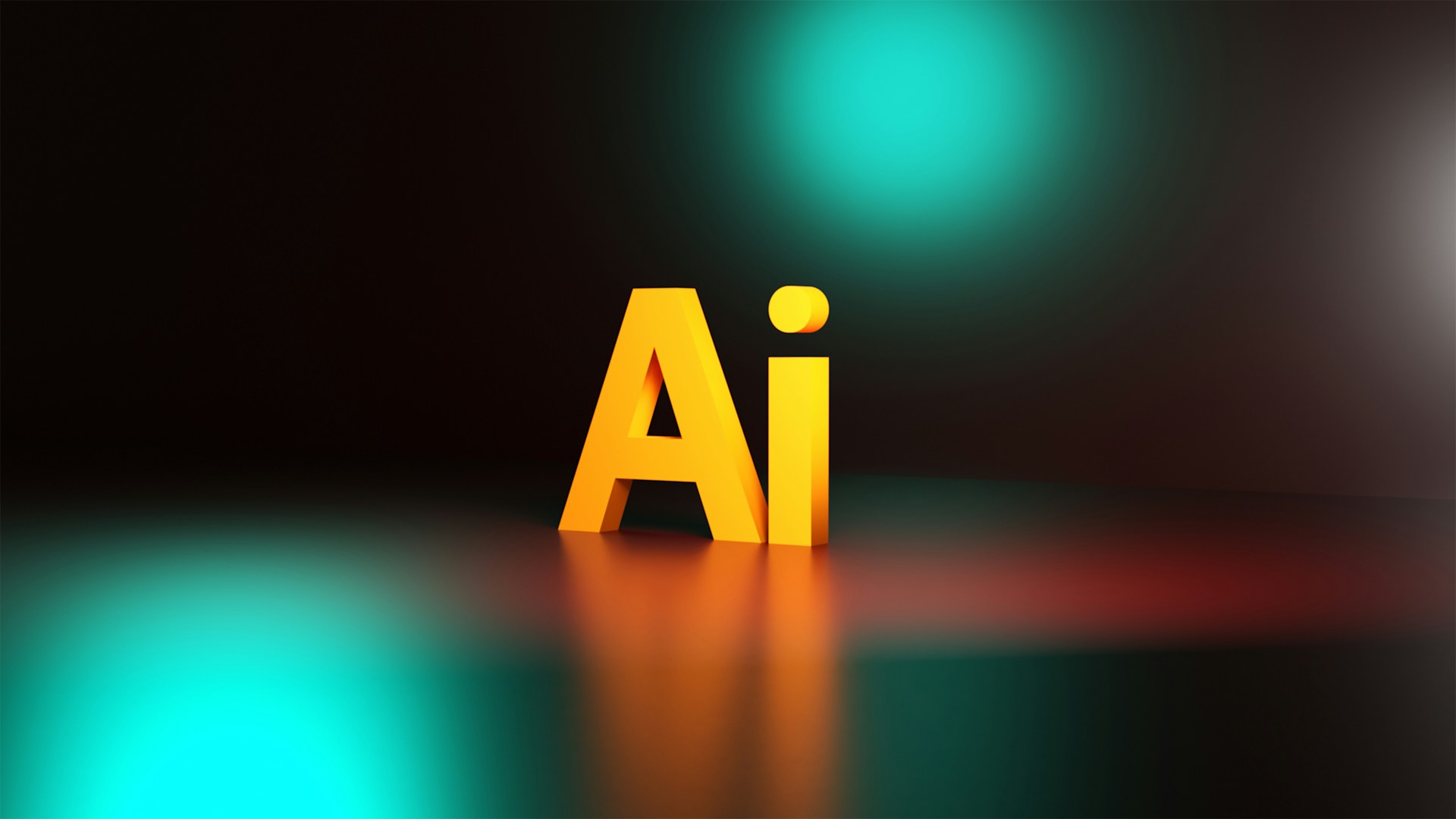Introduction
Object detection, a critical component of computer vision, has seen remarkable advancements in recent years, thanks to breakthroughs in deep learning algorithms and the availability of large-scale datasets. This technology, which enables machines to identify and locate objects within images or video frames, holds immense potential across various domains, including medicine and military applications.
In this article, we’ll explore the role of object detection in these two sectors, delving into the challenges, advancements, and real-world implementations that shape the landscape of medical and military operations.
Object Detection in Medicine
Enhancing Diagnosis and Treatment
Object detection algorithms have revolutionized medical imaging, empowering healthcare professionals with tools to detect, classify, and localize abnormalities in medical scans with unprecedented accuracy and efficiency.
Early Detection of Diseases
One of the most significant contributions of object detection in medicine is its ability to aid in the early detection of diseases. For instance, in the field of radiology, algorithms can automatically detect and analyze anomalies in X-rays, CT scans, and MRI images, facilitating early intervention in conditions such as cancer, fractures, and neurological disorders.
Surgical Assistance
Object detection technology is also employed to assist surgeons during procedures. By overlaying augmented reality visualizations onto surgical fields, these systems can help surgeons identify critical structures, navigate complex anatomy, and ensure precise instrument placement, thus reducing the risk of complications and improving patient outcomes.
- Leveraging Artificial Intelligence: Transforming the Paradigms of Healthcare and Sick Treatments
- Detecting Cancer with AI: Revolutionizing Diagnosis Speed
- A Deep Dive into its Applications in Medical and Military Sectors
- How to Develop a Robot for Forex Auto Trading
- Exploring Python Libraries
Challenges and Future Directions
While object detection has demonstrated remarkable success in medical applications, several challenges remain. These include the need for robust algorithms capable of handling diverse imaging modalities, addressing issues related to data privacy and security, and integrating seamlessly into existing healthcare workflows.
Object Detection in Military Operations
Surveillance and Reconnaissance
In the military domain, object detection plays a pivotal role in enhancing situational awareness and facilitating decision-making processes. Unmanned aerial vehicles (UAVs) equipped with object detection capabilities can autonomously patrol and monitor vast areas, detecting and tracking potential threats such as enemy vehicles, personnel, and improvised explosive devices (IEDs).
Target Identification and Tracking
Object detection technology is also instrumental in target identification and tracking systems deployed in defense applications. Whether it’s identifying hostile targets on the battlefield or tracking friendly forces for coordination purposes, these systems leverage advanced algorithms to analyze sensor data from various sources, including cameras, radars, and LiDAR.
Autonomous Systems
The integration of object detection into autonomous military systems represents a significant advancement in modern warfare. From autonomous drones and unmanned ground vehicles (UGVs) to AI-powered surveillance systems, these technologies enable the military to conduct operations with increased efficiency, reduced risk to personnel, and enhanced tactical capabilities.
Ethical Considerations and Concerns
Privacy and Surveillance
The widespread adoption of object detection technology raises important ethical concerns, particularly regarding privacy and surveillance. In both medical and military contexts, the collection and analysis of sensitive data, such as personal health information or reconnaissance imagery, raise questions about consent, data ownership, and the potential for misuse or abuse.
Bias and Discrimination
Another critical issue is the potential for bias and discrimination in object detection algorithms. If not properly trained and validated, these algorithms may exhibit biases that disproportionately impact certain groups or communities, leading to unjust outcomes and exacerbating existing inequalities.
Conclusion
Object detection technology has emerged as a powerful tool with diverse applications in both medical and military domains. From improving medical diagnosis and treatment to enhancing military surveillance and reconnaissance capabilities, the impact of this technology is profound and far-reaching.
However, as we continue to harness the potential of object detection, it’s essential to remain vigilant about the ethical implications and societal consequences of its deployment. By addressing challenges related to privacy, bias, and accountability, we can ensure that object detection technology serves as a force for good, advancing human welfare and security in an increasingly complex world.
Photo by Jackson Sophat on Unsplash



